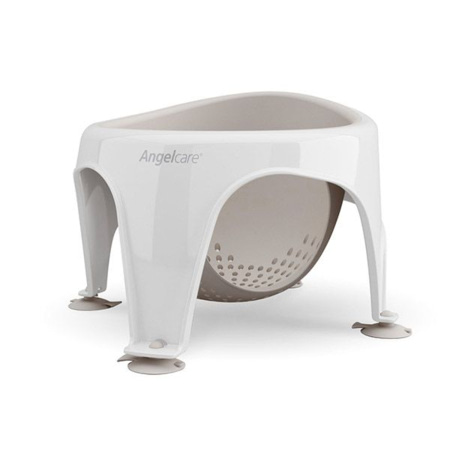
Flyhorse Anneau De Bain pour Bébé, Siege De Bain pour Bebe, Ventouse Fixe Antidérapante, Fauteuil De Bain Bébé Sûrs, Chaise De Bain Antidérapante, pour Bébés De 6 À 18 Mois Blanc :

Xzbling Bain, Siege Douche Bebe, Anneau Bain Bébé, avec Ventouses Antidérapantes Et Patin Antidérapant, pour Bébé Dès 6-18 Mois, Sièges Bébé Sûrs Et Confortables : Amazon.fr: Bébé et Puériculture

Bébé Confort Anneau de Bain Pivotant, Anneau de Bain avec Siège Galbé, de 6 à 12 mois, < 13 kg : Amazon.fr: Bébé et Puériculture
























